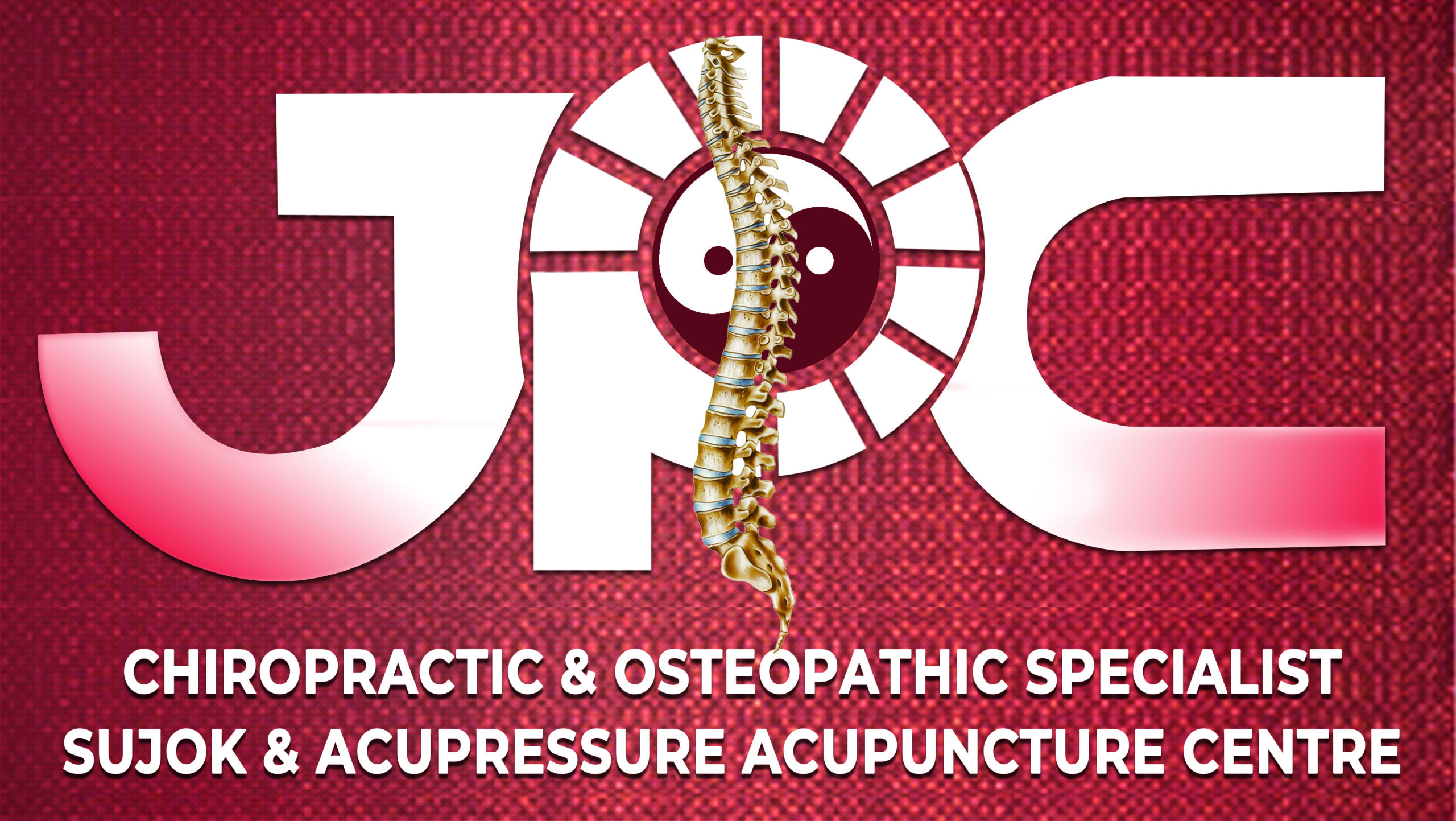**Slipped Disc:**
1. Introduction to Slipped Disc:
– Definition and description of a slipped disc.
– Understanding the anatomy of the spinal discs.
– Common terms used for slipped discs (herniated disc, bulging disc).
2. Causes and Risk Factors:
– Age-related degeneration of the spinal discs.
– Injury or trauma to the spine.
– Improper lifting techniques or heavy lifting.
– Repetitive stress or strain on the spine.
– Poor posture and sedentary lifestyle.
3. Symptoms of a Slipped Disc:
– Back pain: Dull or sharp pain in the affected area.
– Radiating pain: Pain that travels down the leg or arm.
– Numbness or tingling: Sensation changes in the affected area.
– Muscle weakness: Weakness or difficulty moving the affected body part.
– Loss of reflexes: Reduced reflexes in the affected area.
4. Types of Slipped Disc:
– Cervical Disc Herniation: Slipped disc in the neck region.
– Thoracic Disc Herniation: Slipped disc in the upper back region.
– Lumbar Disc Herniation: Slipped disc in the lower back region.
– Lumbosacral Disc Herniation: Slipped disc between the lower back and sacrum.
5. Diagnosis of a Slipped Disc:
– Evaluation of symptoms and medical history.
– Physical examination of the spine, including range of motion tests.
– Imaging tests (MRI, CT scan) to visualize the slipped disc and its impact on surrounding structures.Article Sponsored Find something for everyone in our collection of colourful, bright and stylish socks. Buy individually or in bundles to add color to your sock drawer!
6. Treatment Options:
– Non-Surgical Treatment:
– Rest and activity modification to avoid aggravating the condition.
– Pain medications and anti-inflammatory drugs.
– Physical therapy exercises to strengthen the muscles and improve flexibility.
– Heat or cold therapy for pain relief.
– Epidural steroid injections to reduce inflammation and pain.
– Surgical Treatment (in severe cases):
– Microdiscectomy: Minimally invasive surgery to remove the protruding disc material.
– Spinal Fusion: Surgery to fuse adjacent vertebrae for stability.
7. Rehabilitation and Recovery:
– Gradual return to normal activities under the guidance of a healthcare professional.
– Core strengthening exercises to support the spine.
– Postural correction and body mechanics training.
– Pain management techniques, such as hot/cold packs or transcutaneous electrical nerve stimulation (TENS).
– Education on proper ergonomics and lifting techniques.
8. Preventing Slipped Disc:
– Maintaining a healthy weight to reduce stress on the spine.
– Regular exercise to strengthen the back muscles and improve flexibility.
– Practicing proper lifting techniques and body mechanics.
– Avoiding prolonged sitting or standing in one position.
– Using supportive chairs and ergonomic equipment.
It’s important to note that the information provided here is for educational purposes only and should not replace medical advice. If you suspect you have a slipped disc or are experiencing symptoms, it’s crucial to consult with a healthcare professional for accurate diagnosis, personalized advice, and appropriate treatment options.




